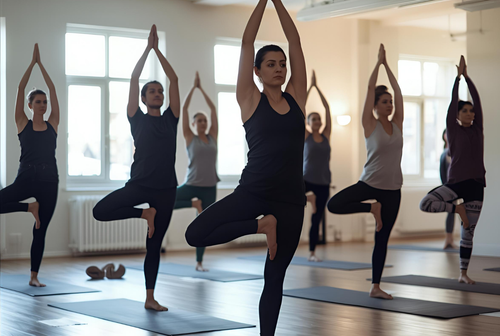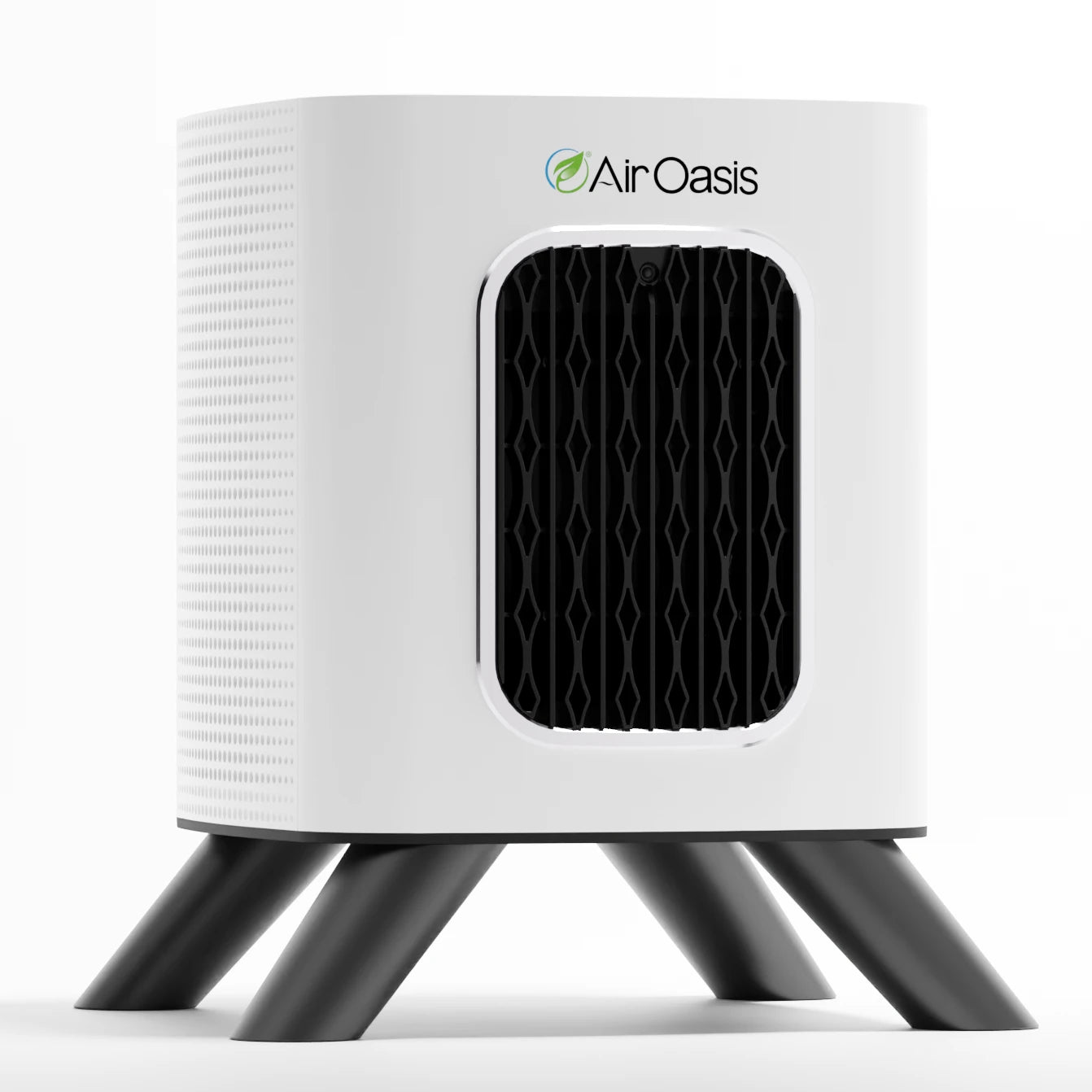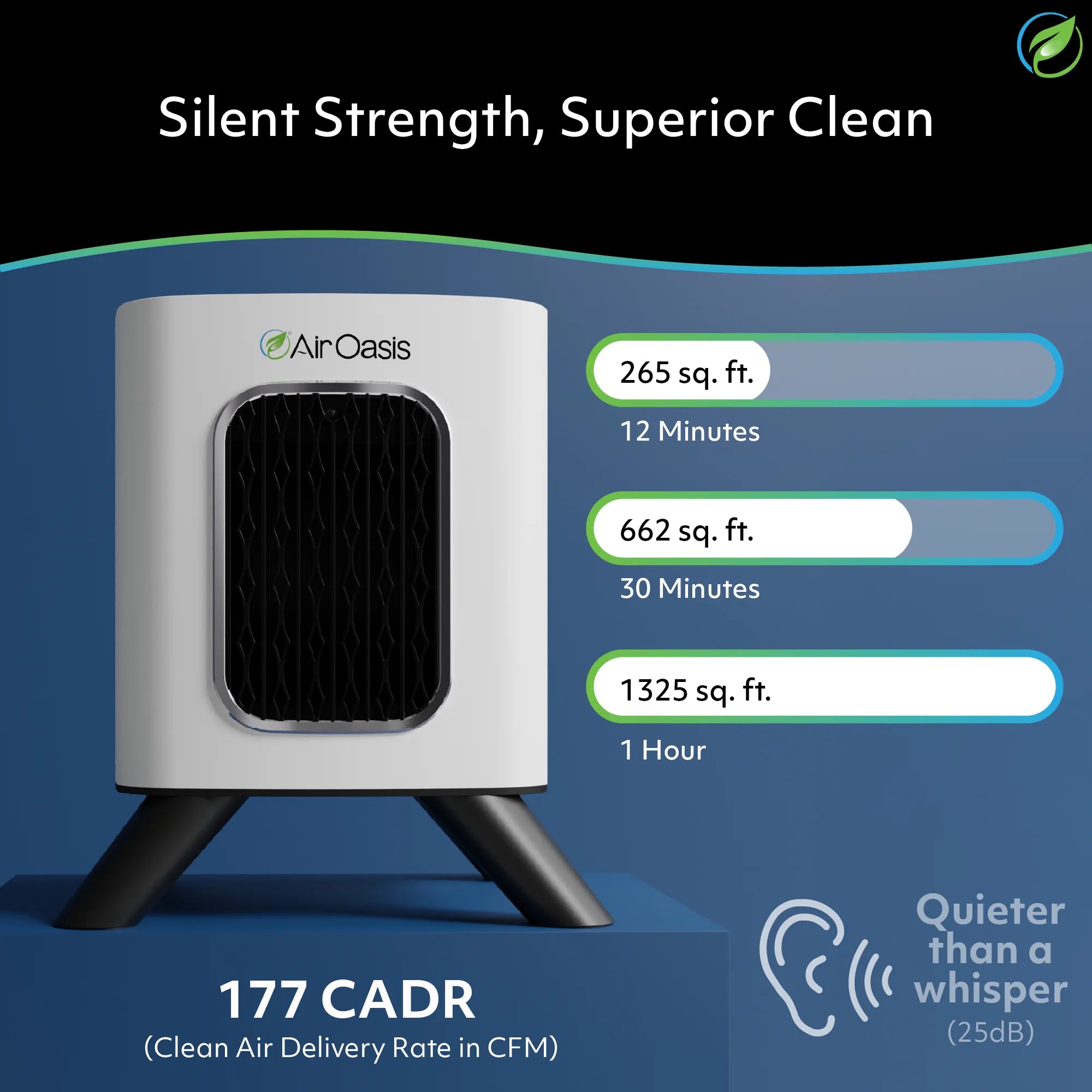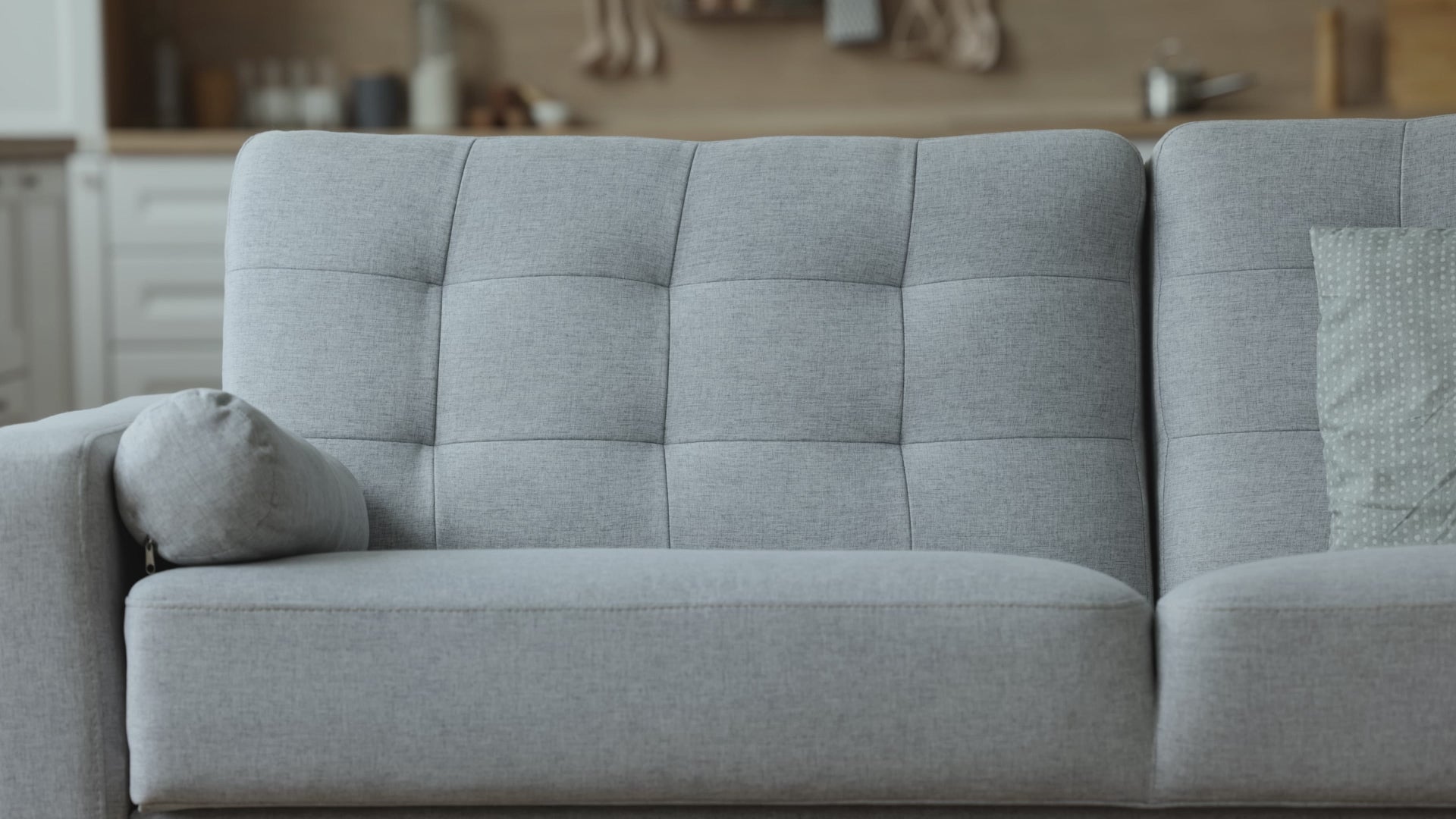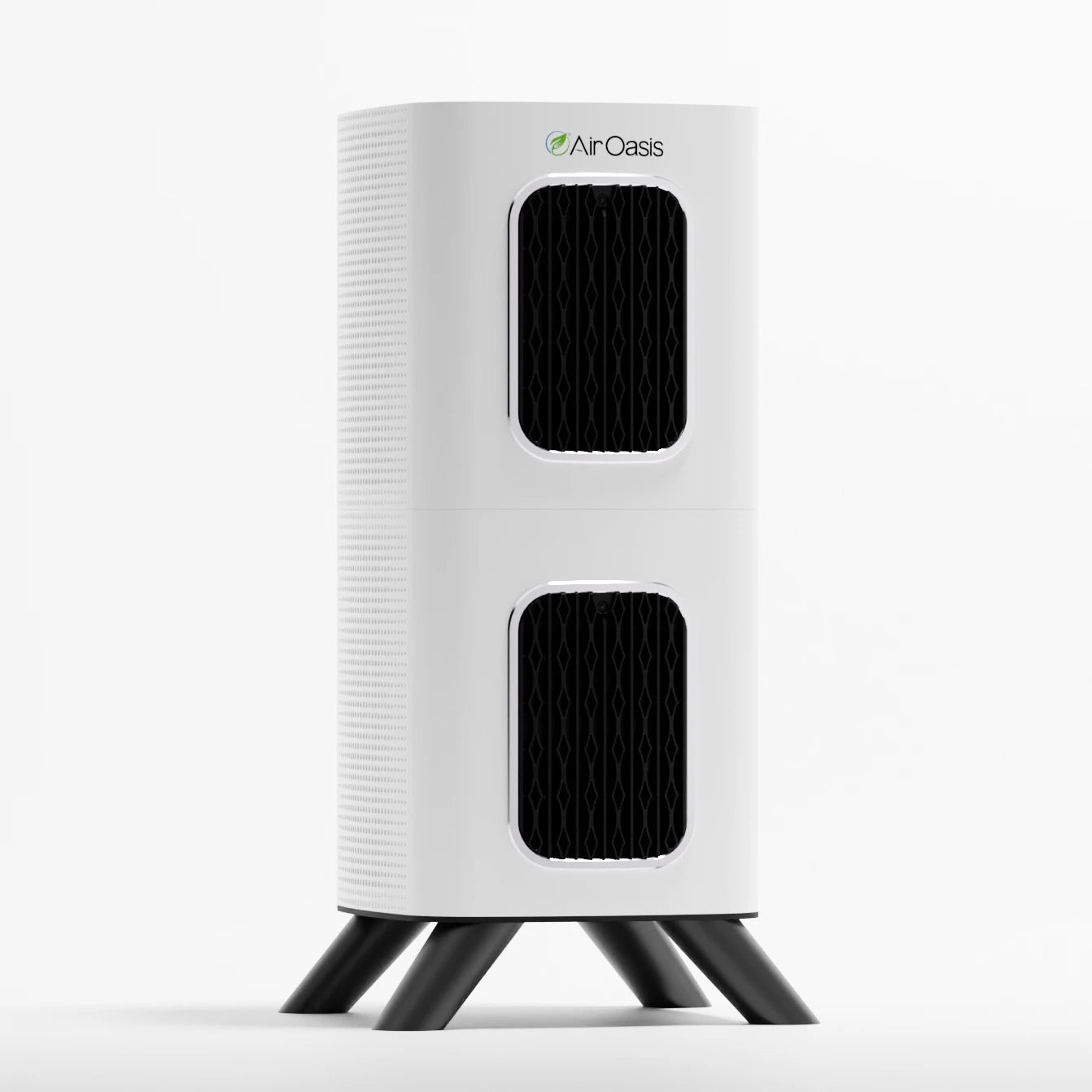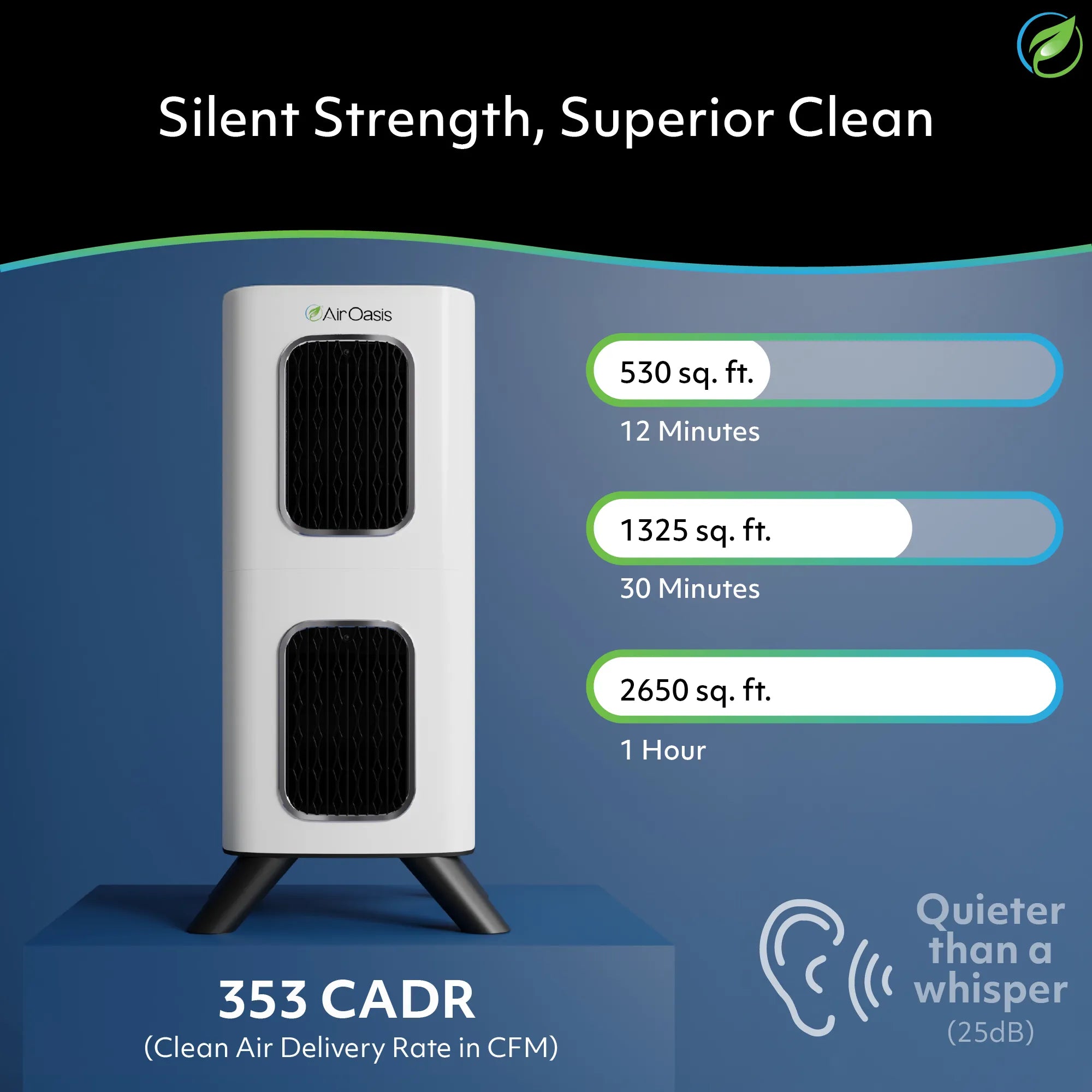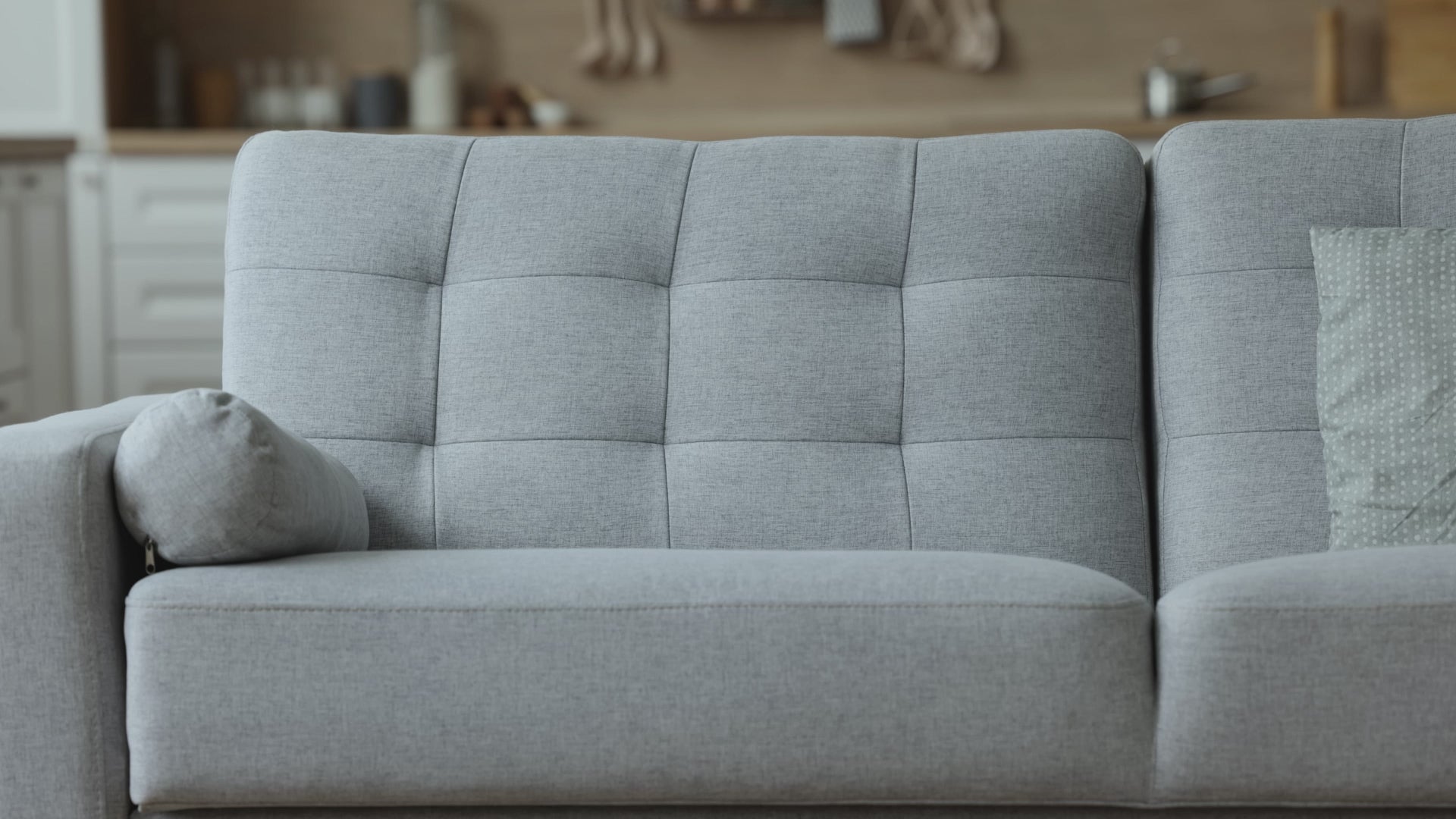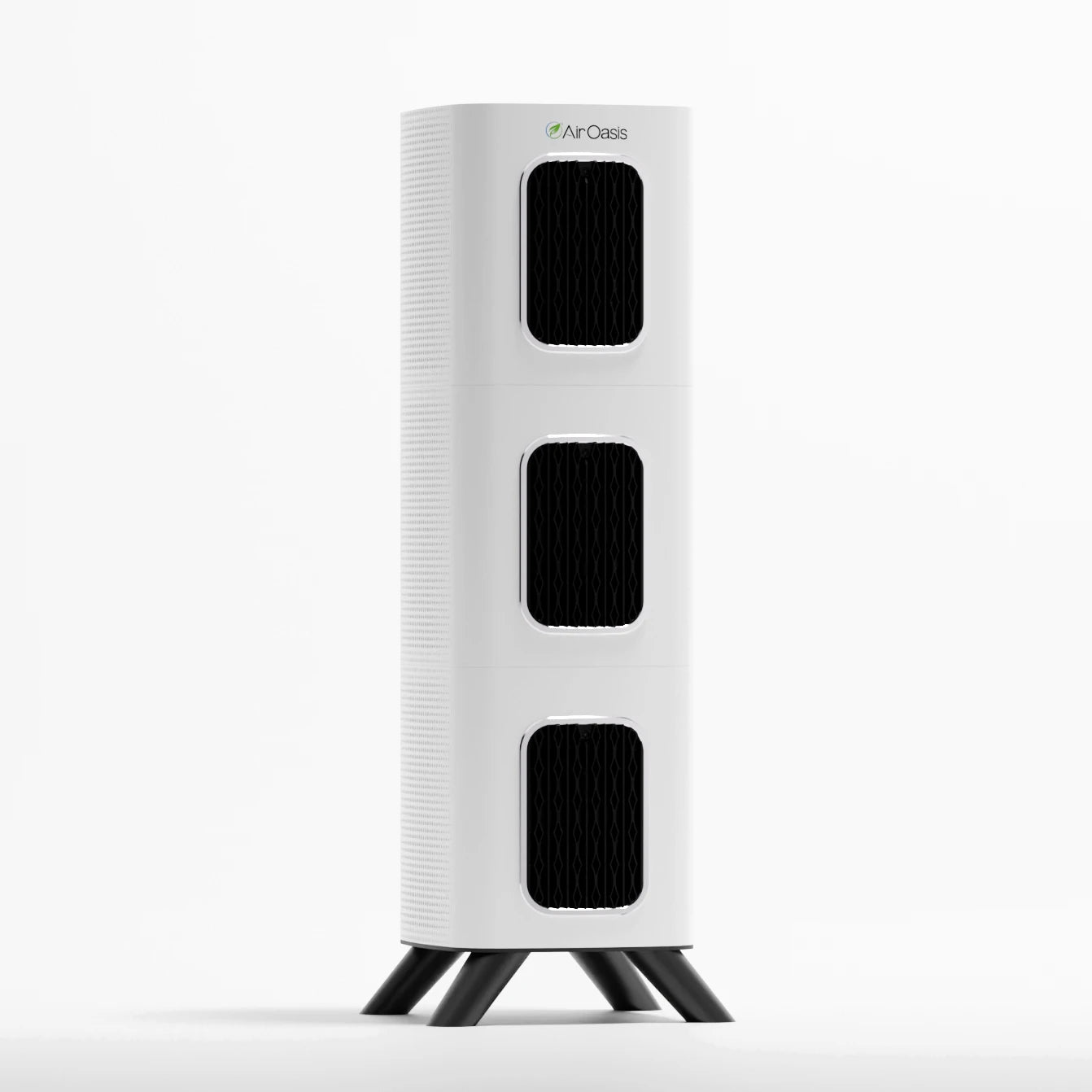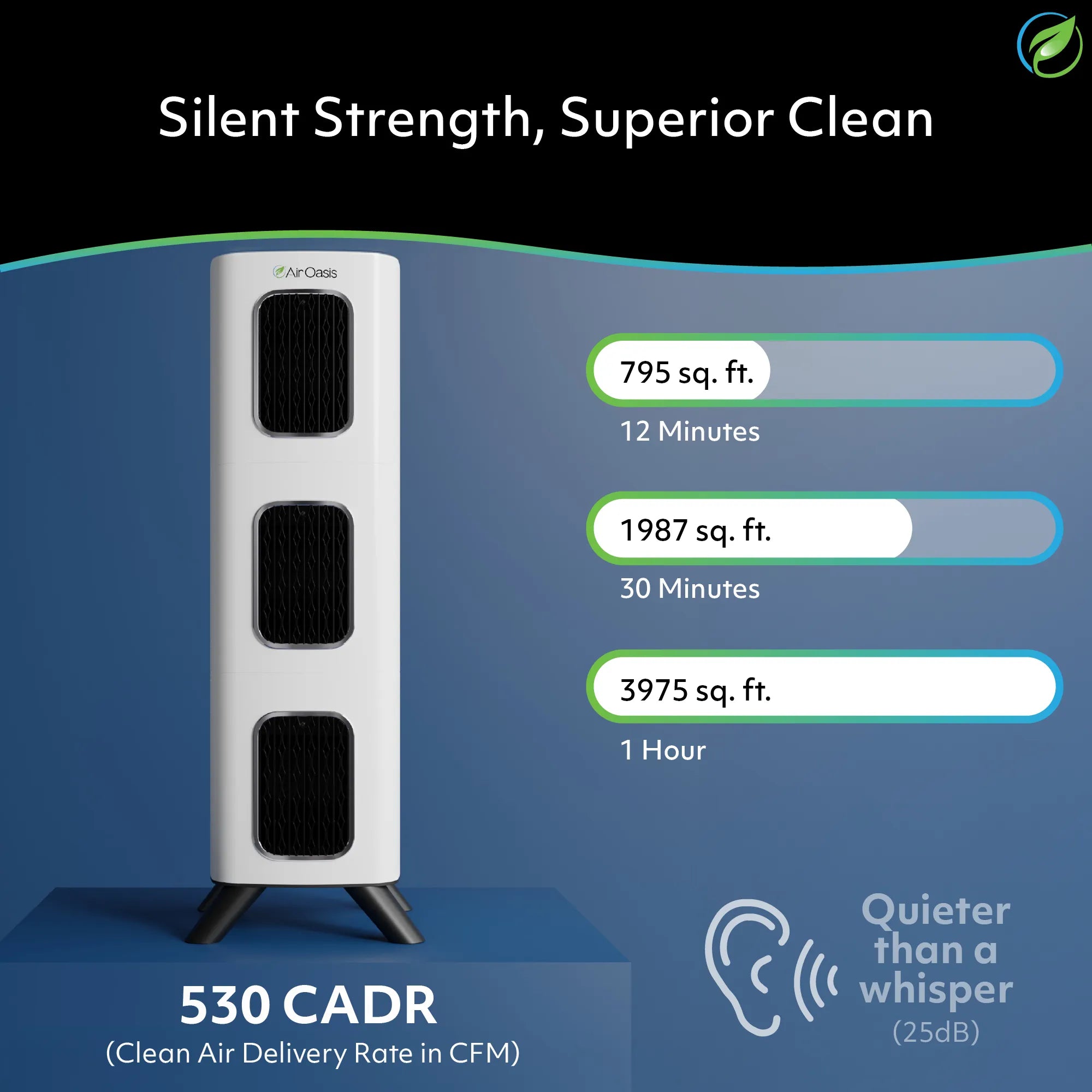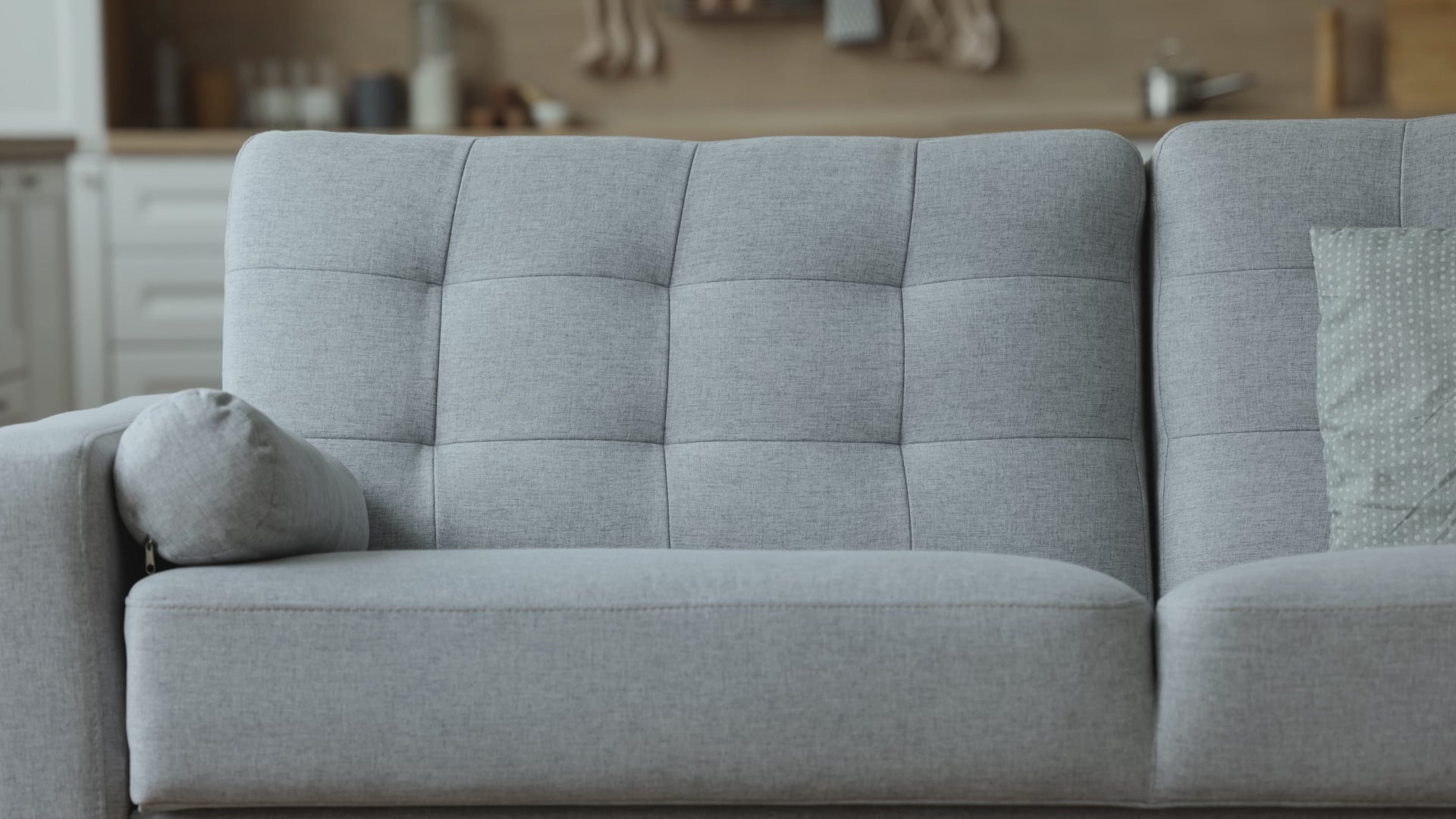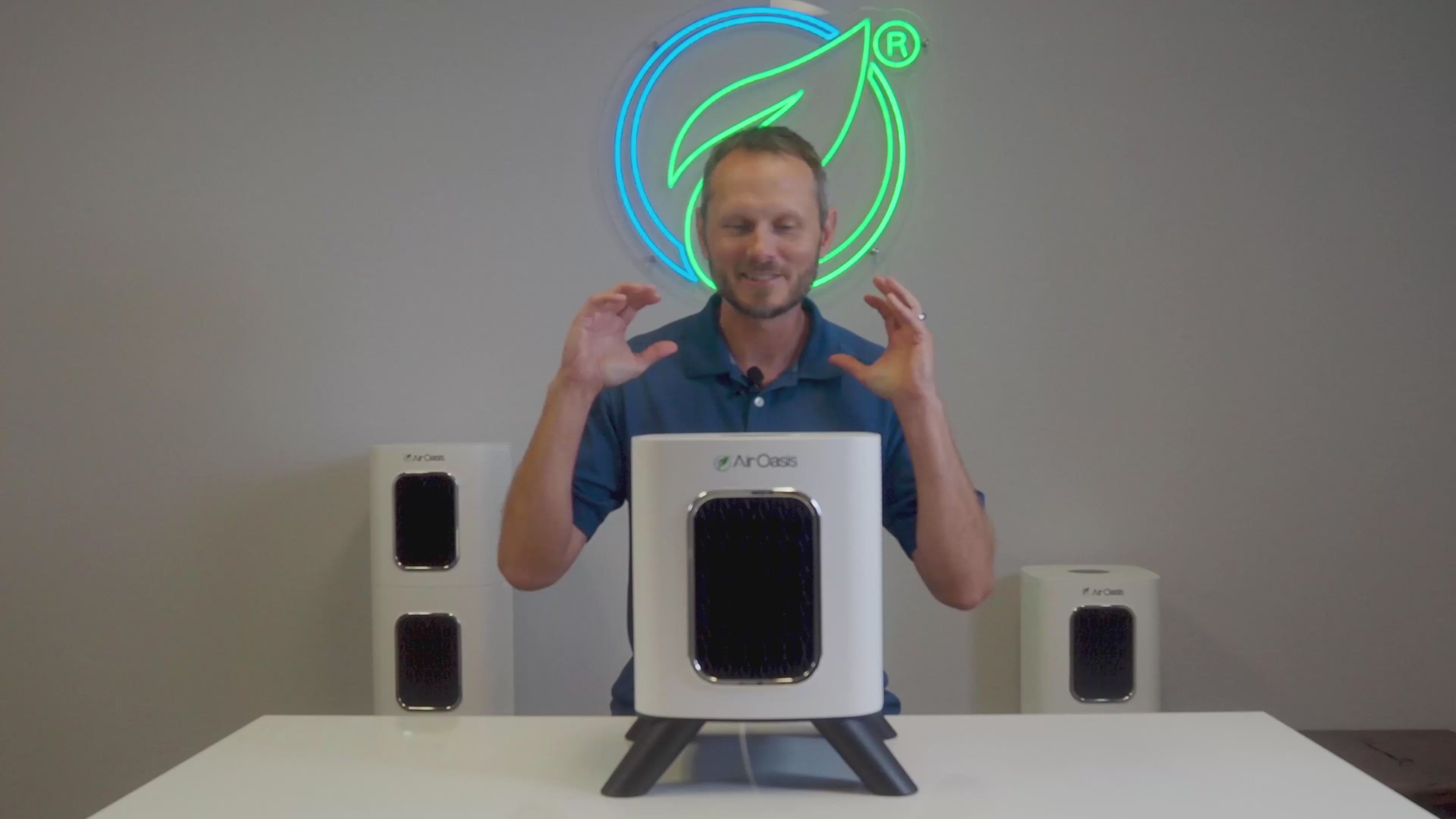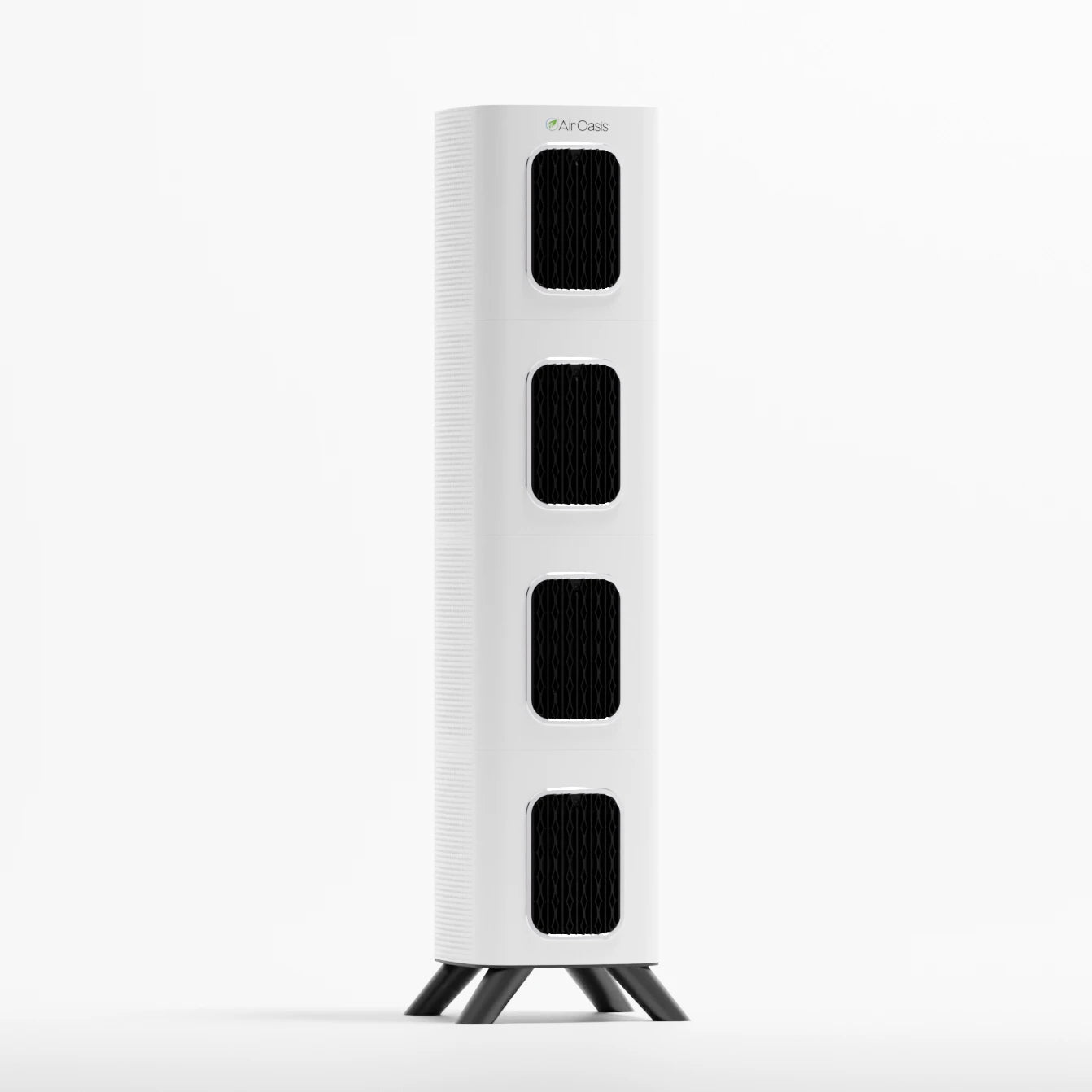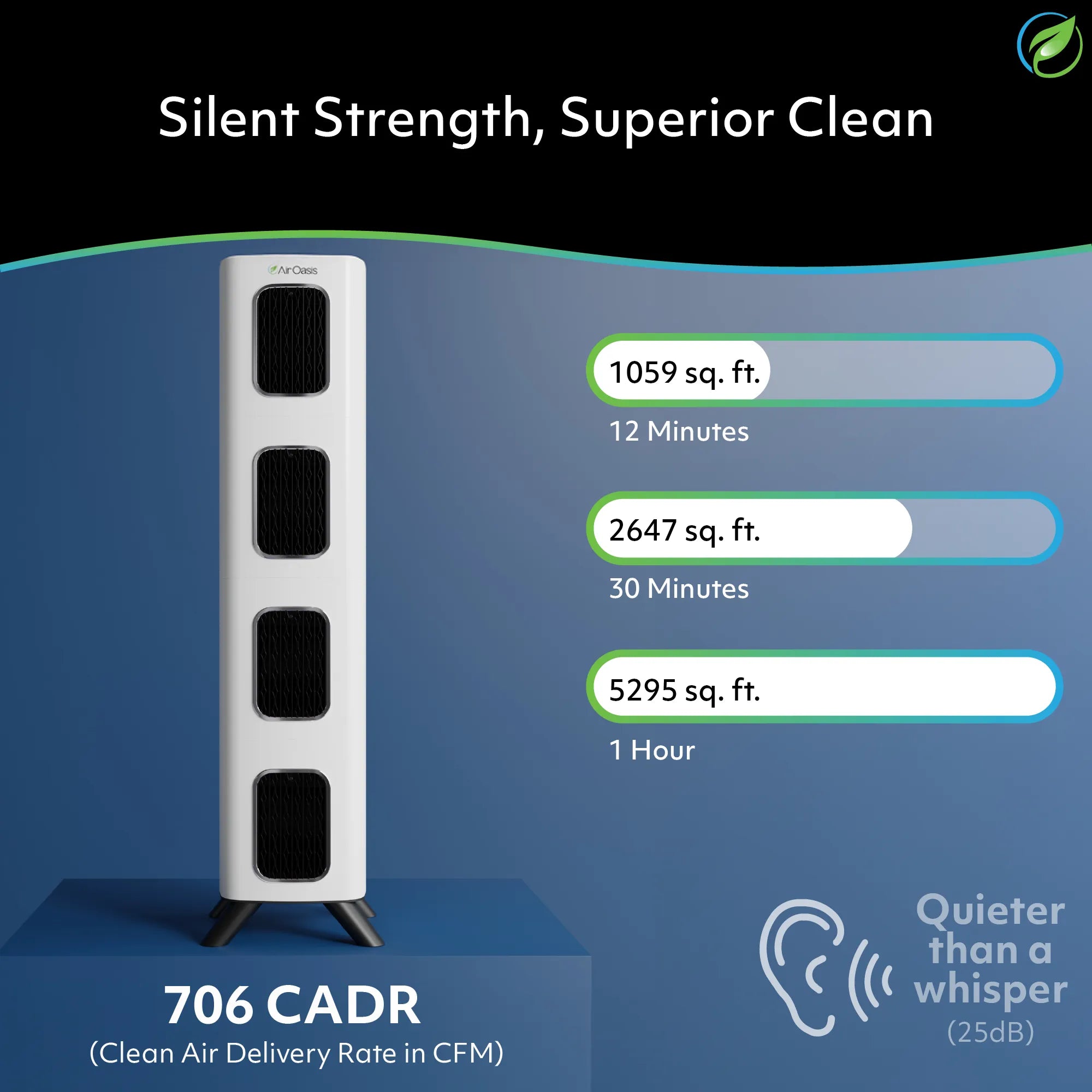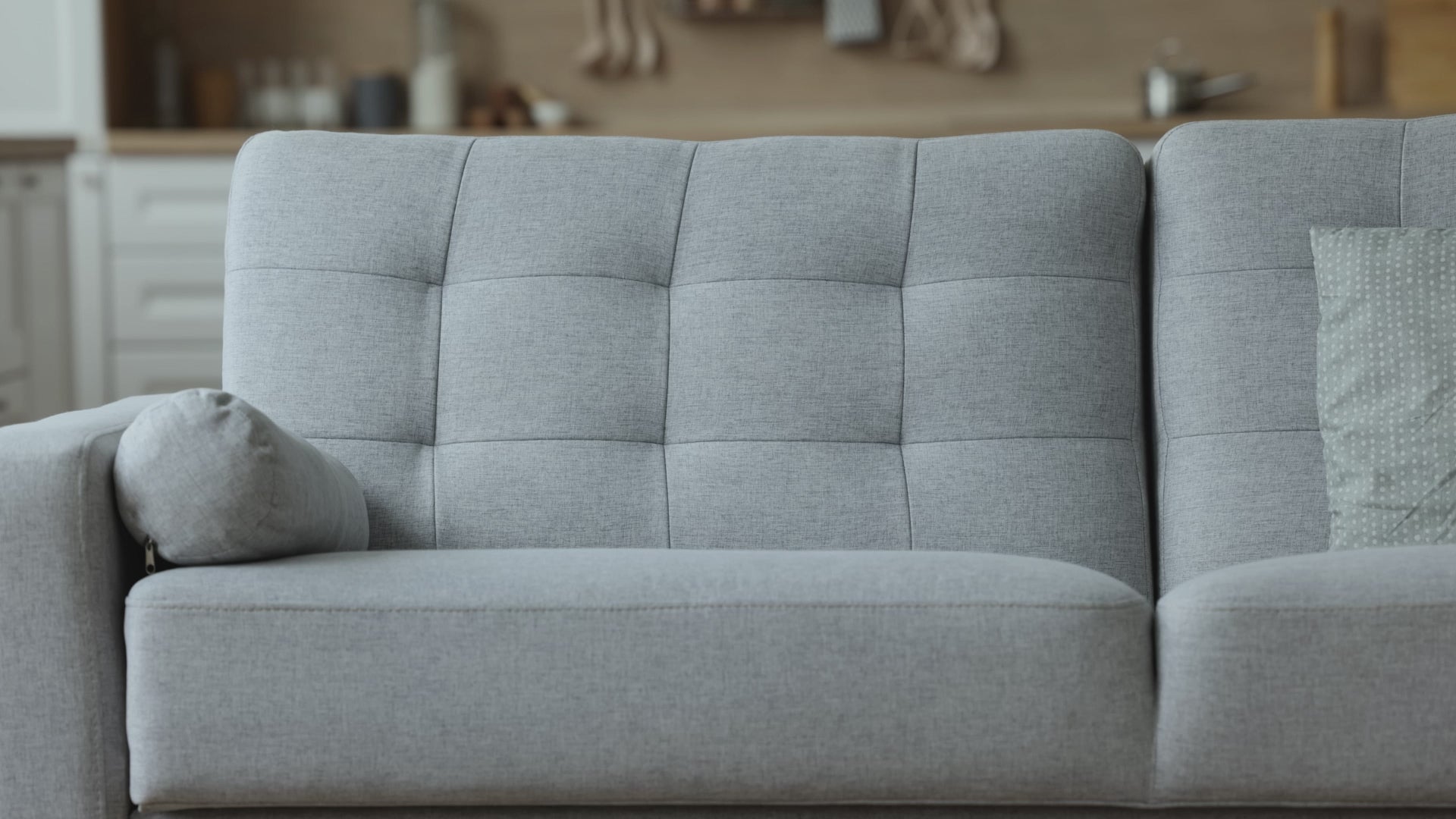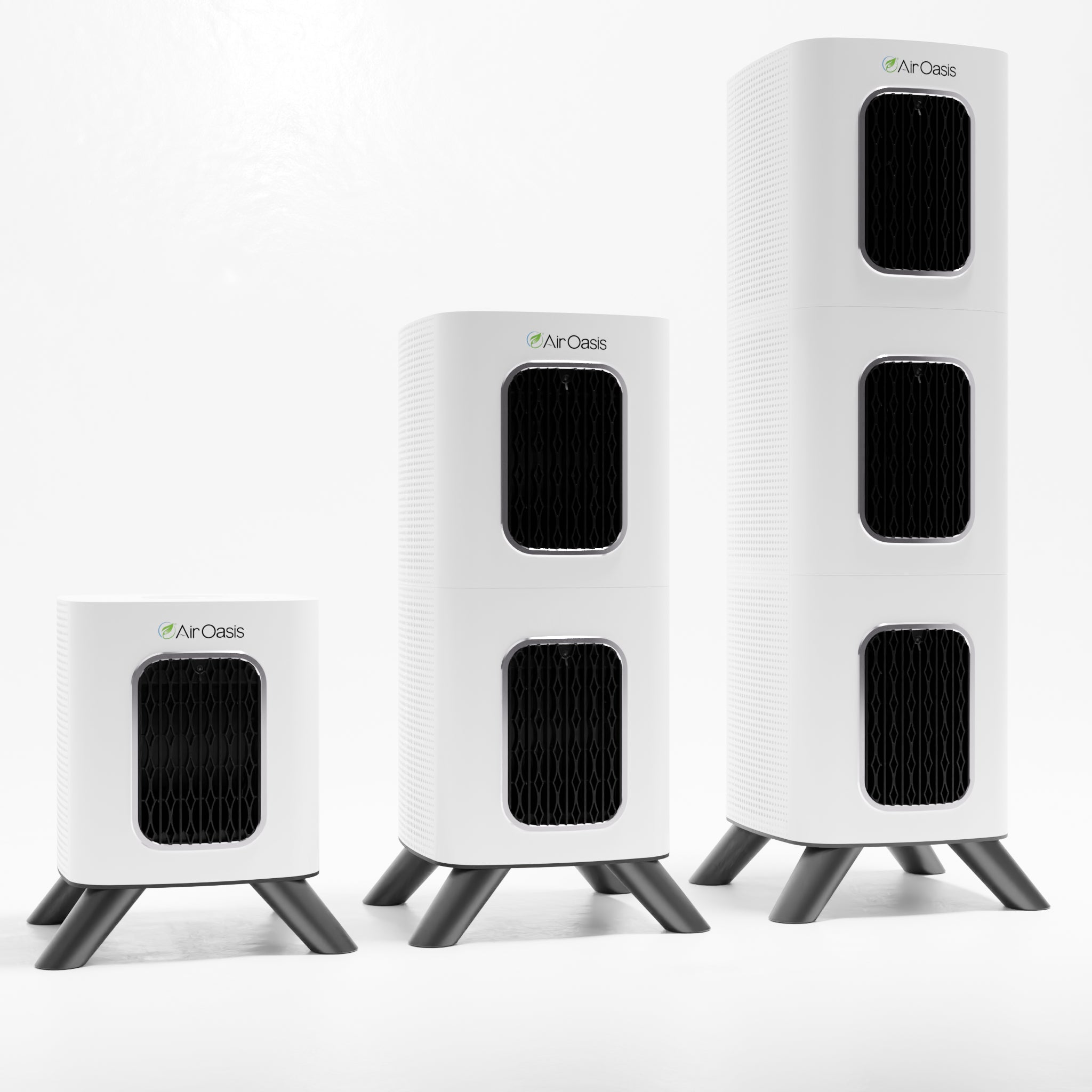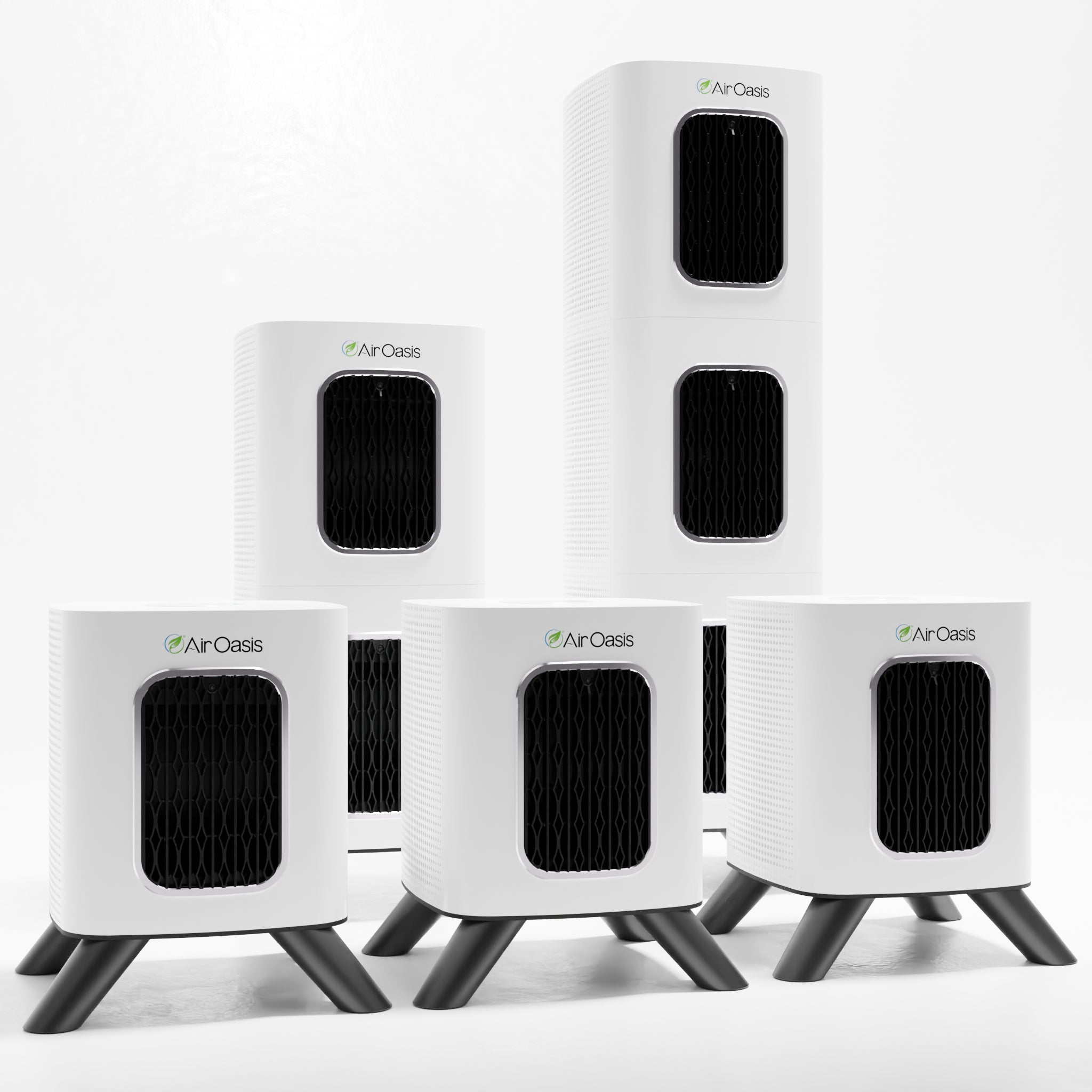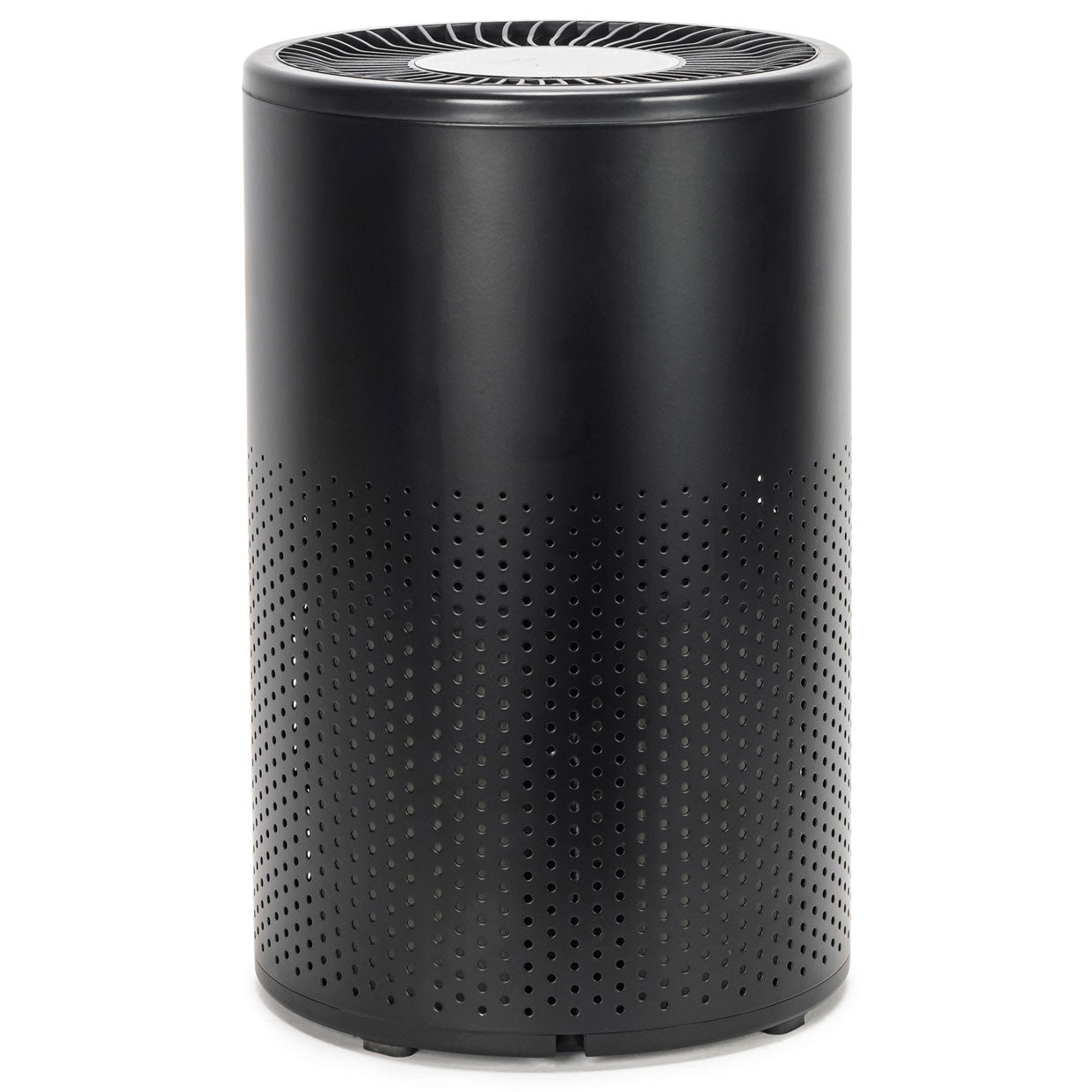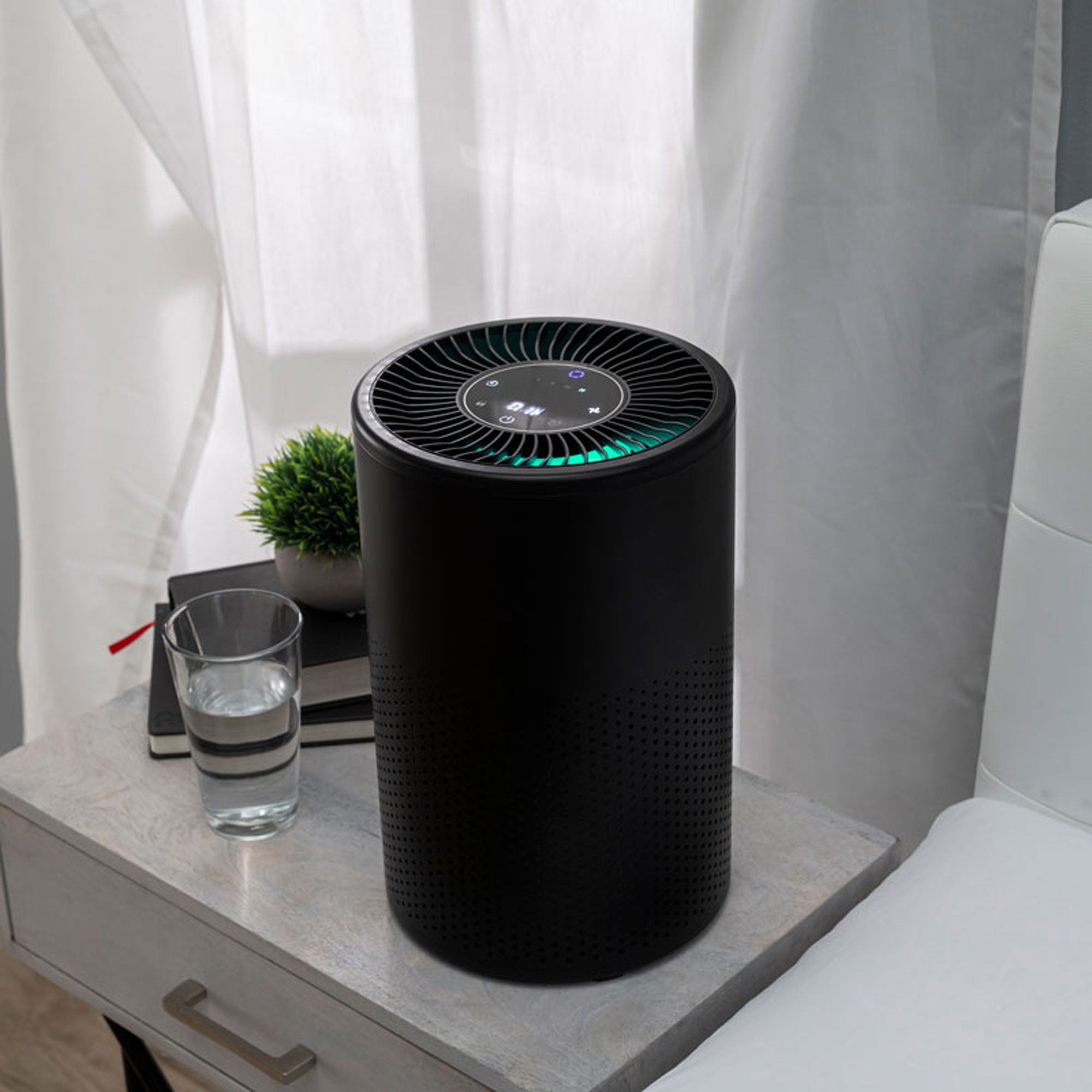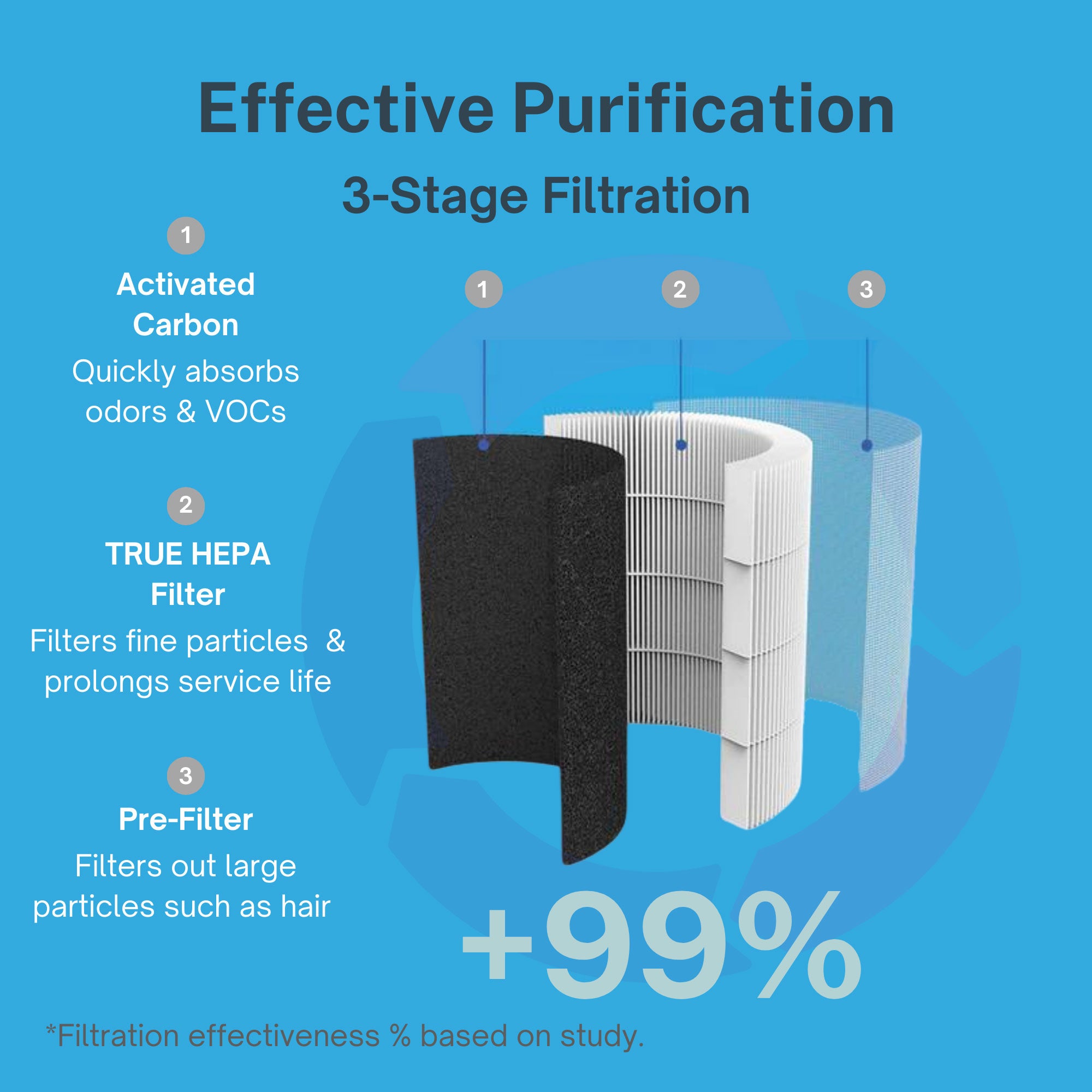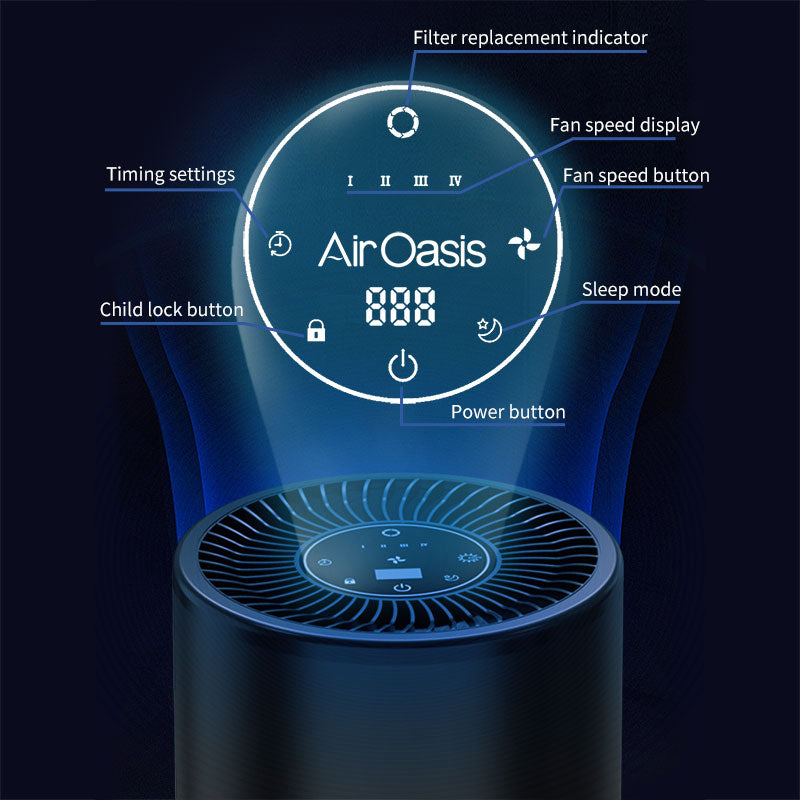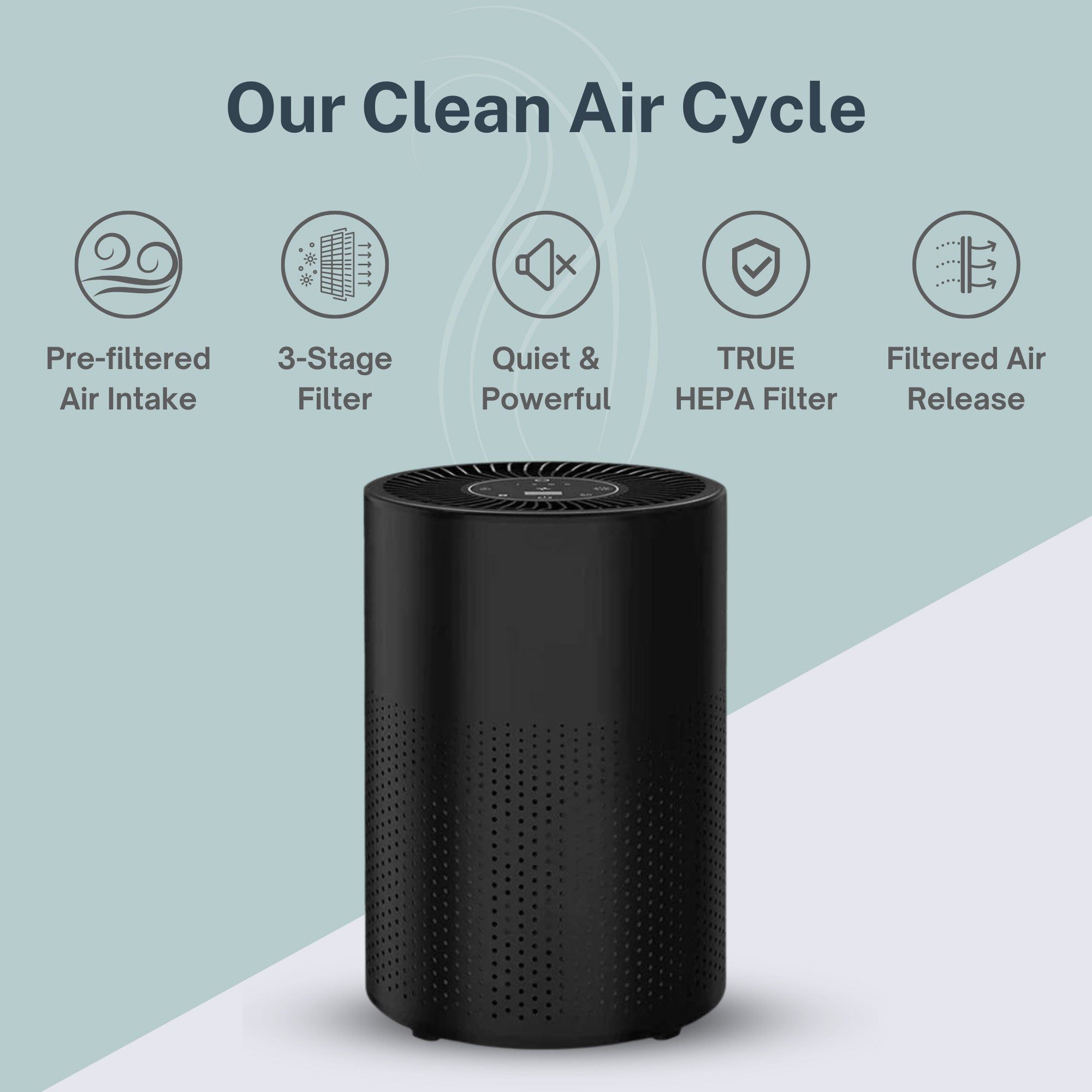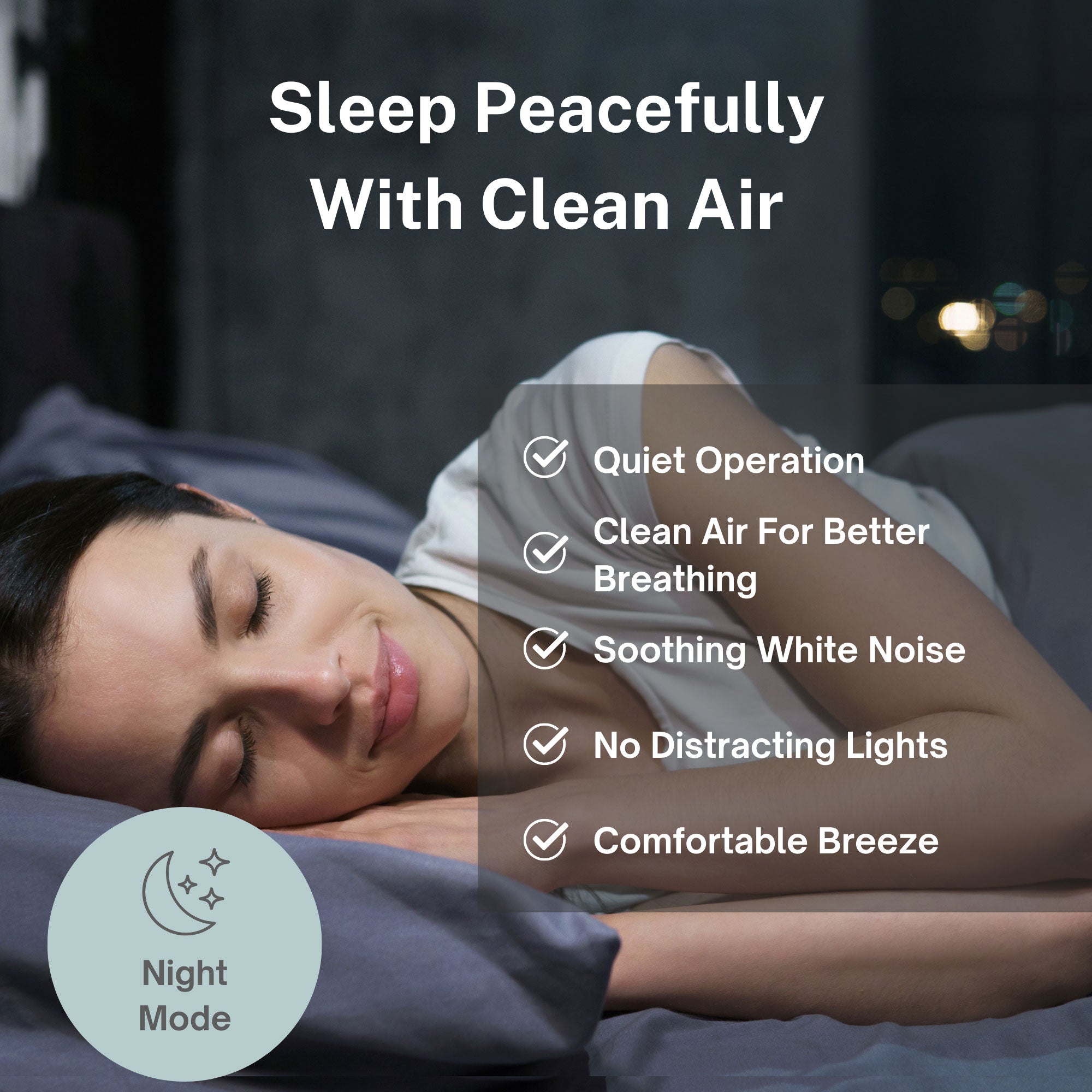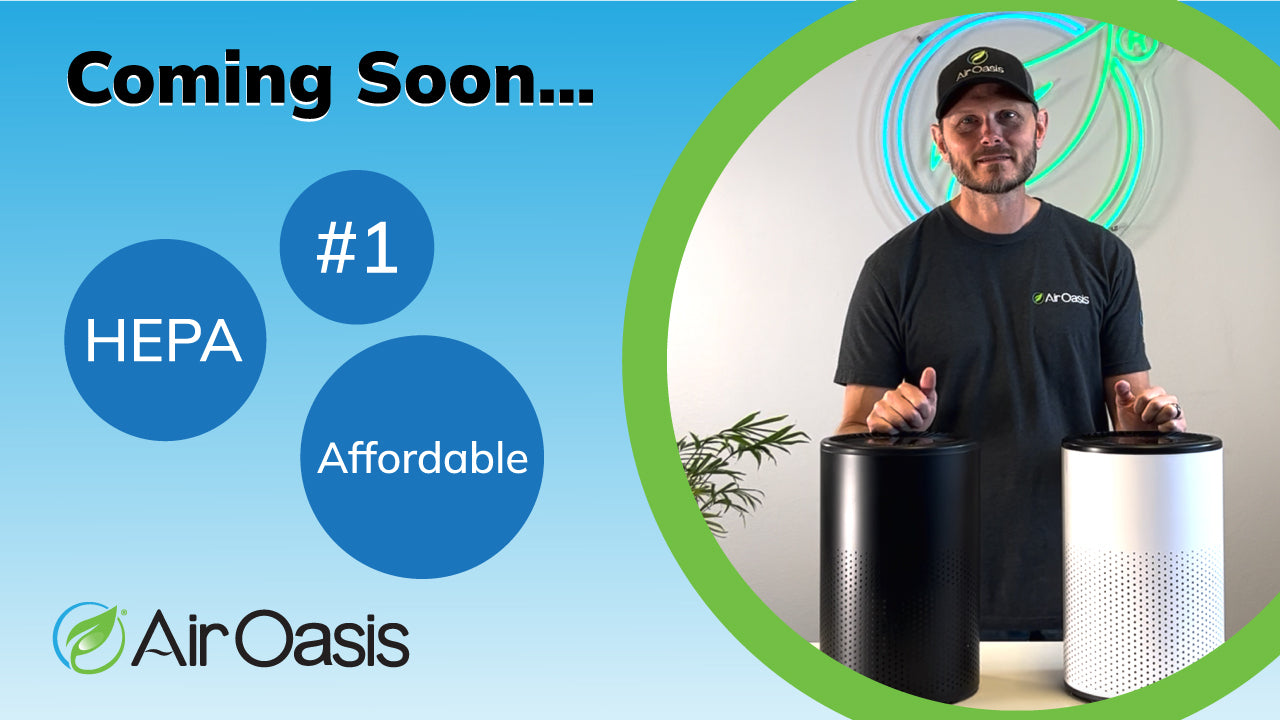A comprehensive systematic review analyzing 21 studies revealed that air pollution significantly impacts older adults' health during both physical activity and sedentary behavior, with fine particulate matter (PM2.5) emerging as the primary threat to senior health and exercise capacity. The research, published in Environmental Research, found that while air pollution can diminish the health benefits of exercise for older adults, physical activity still provides greater health advantages than remaining sedentary, even in polluted environments.
The study examined how specific air pollutants including particulate matter, nitrogen dioxide, ozone, carbon monoxide, and sulfur dioxide affect older adults aged 60 and above during exercise and rest periods. Results showed that pollution exposure during physical activity created complex health trade-offs that require careful consideration for senior wellness planning.
PM2.5 Pollution Poses Greatest Threat to Senior Exercise
Fine particulate matter (PM2.5) dominated the research findings as the most harmful pollutant affecting older adults during physical activity. These microscopic particles penetrate deep into aging respiratory systems and enter the bloodstream, causing cardiovascular stress and respiratory complications that can outweigh exercise benefits during high pollution periods.
Eleven studies demonstrated that air pollution attenuated or eliminated the beneficial effects of physical activity in older adults, primarily due to PM2.5 exposure. The research revealed that seniors exercising in heavily polluted environments experienced reduced cardiovascular improvements and increased inflammation markers compared to those exercising in cleaner air conditions.
However, ten studies found that physical activity benefits exceeded the negative effects of air pollutants, even when PM2.5 levels were elevated. This finding suggests that the health advantages of exercise remain significant for older adults, though pollution exposure reduces the magnitude of these benefits.
The conflicting results highlight the importance of air quality conditions when seniors plan exercise routines. Low-pollution environments maximize exercise benefits while minimizing health risks, while high-pollution conditions create trade-offs that may require modified activity approaches.
Sedentary Behavior Increases Pollution Health Risks
The systematic review emphasized that remaining sedentary in polluted environments creates worse health outcomes for older adults than exercising in the same conditions. Sedentary behavior combined with air pollution exposure amplifies the negative health effects of both factors, creating cumulative risks for senior health.
Older adults who maintain irregular physical activity levels show increased vulnerability to harmful air pollutant effects compared to those with consistent exercise routines. The research suggests that physical fitness provides some protective effects against pollution-related health impacts, making regular activity crucial for seniors living in polluted areas.
Two-thirds of the older adult population already fails to meet recommended physical activity guidelines, making them particularly susceptible to air pollution health effects. The combination of sedentary lifestyle and pollution exposure creates compounded health risks that accelerate age-related health decline.
The findings support encouraging older adults to maintain physical activity even in moderately polluted environments, while emphasizing the importance of timing activities during lower pollution periods and choosing cleaner exercise locations when possible.
Exercise Timing and Location Strategies for Seniors
The research indicates that older adults can optimize health benefits by practicing physical activity in environments with low pollutant concentrations. Strategic timing of outdoor exercise during periods of better air quality, such as early morning or after rain events, can reduce pollution exposure while maintaining exercise benefits.
Indoor exercise options become particularly important for seniors living in areas with consistently poor air quality. The studies suggest that maintaining physical activity indoors during high pollution periods provides better health outcomes than avoiding exercise entirely due to outdoor air quality concerns.
Older adults with pre-existing cardiovascular or respiratory conditions require especially careful consideration of air quality conditions before engaging in outdoor physical activity. These vulnerable populations may need to rely more heavily on indoor exercise alternatives during pollution episodes.
The systematic review supports developing personalized exercise strategies that account for individual health status, local air quality patterns, and available indoor exercise options to maximize health benefits while minimizing pollution exposure risks.
Vulnerable Senior Populations Need Enhanced Protection
The research highlighted that certain older adult populations face increased risks from air pollution during physical activity. Seniors with existing cardiovascular disease, respiratory conditions, or compromised immune systems experience greater negative effects from pollution exposure during exercise.
Age-related changes in lung function and cardiovascular capacity make older adults more susceptible to air pollution health effects compared to younger populations. The natural decline in respiratory and cardiovascular reserve reduces seniors' ability to cope with additional pollution-related stress during physical activity.
Cognitive health also faces threats from air pollution exposure in older adults, with some studies indicating that pollution can accelerate age-related cognitive decline. This finding suggests that air quality management becomes important not just for physical health but also for maintaining mental acuity in aging populations.
Social and economic factors often limit older adults' ability to avoid polluted environments or access clean indoor exercise facilities, creating environmental health disparities that disproportionately affect vulnerable senior populations.
Indoor Air Quality Becomes Critical for Senior Health
While the systematic review focused on outdoor air pollution and exercise, the findings emphasize the importance of indoor air quality for older adults who spend increasing amounts of time indoors. Poor indoor air quality can limit seniors' ability to maintain physical activity routines and may compound the health effects of outdoor pollution exposure.
Standard home ventilation systems often provide inadequate protection from outdoor pollution infiltration, particularly the fine particulate matter that poses the greatest threats to senior health. Professional air purification technology becomes essential for creating clean indoor environments that support senior health and exercise routines.
Older adults with respiratory or cardiovascular conditions require consistently clean indoor air to maintain their health and continue beneficial physical activities. Advanced air purification systems remove the specific pollutants identified in the research as most harmful to senior health during physical activity.
The ability to maintain indoor exercise routines in clean air environments provides seniors with consistent opportunities for physical activity regardless of outdoor air quality conditions, supporting the research findings that physical activity benefits outweigh pollution risks when exposure is minimized.
Protecting Senior Health Through Air Quality Management
The systematic review demonstrates that air pollution significantly affects older adults' health during both exercise and rest, with PM2.5 representing the primary threat to senior wellness. While physical activity provides important health benefits even in polluted environments, seniors achieve optimal health outcomes when they can exercise in clean air conditions.
The research supports a comprehensive approach to senior health that includes both maintaining physical activity and minimizing air pollution exposure. This dual strategy requires attention to outdoor air quality conditions, strategic exercise timing, and creation of clean indoor environments for alternative activity options.
Older adults cannot control outdoor air pollution levels, but they can take decisive action to ensure clean indoor air that supports their health and exercise routines. Professional air purification provides the clean indoor environment that enables seniors to maintain beneficial physical activity regardless of external air quality challenges.
Don't let air pollution compromise your health and exercise routines as you age. Take control of your indoor air quality today and create the clean environment that supports your continued wellness and physical activity throughout your senior years.




